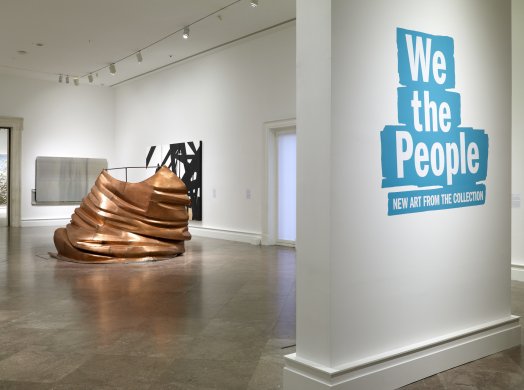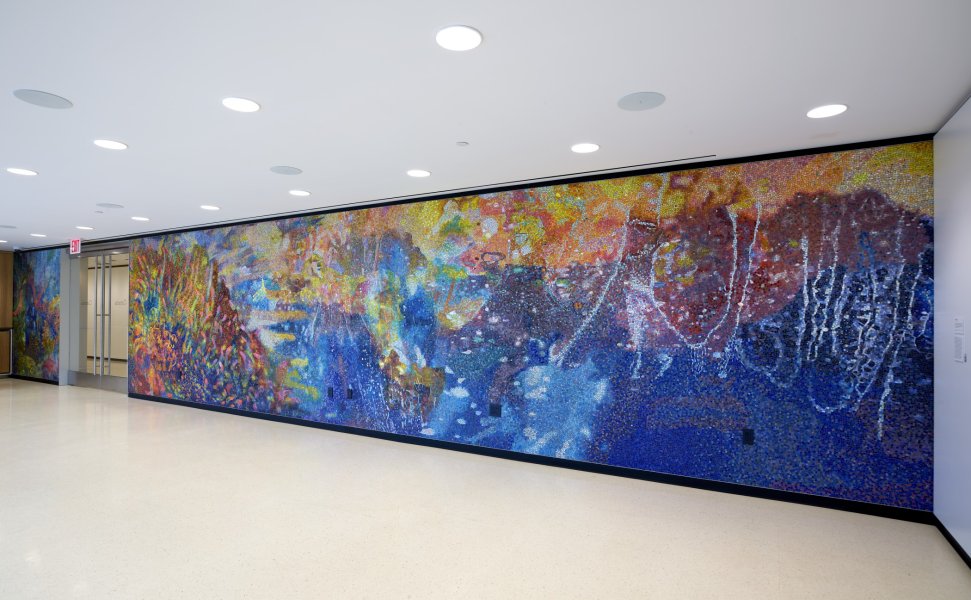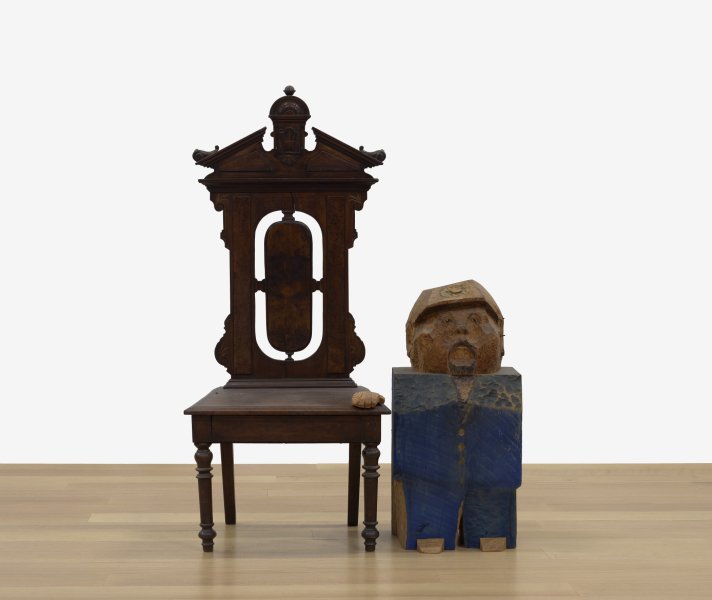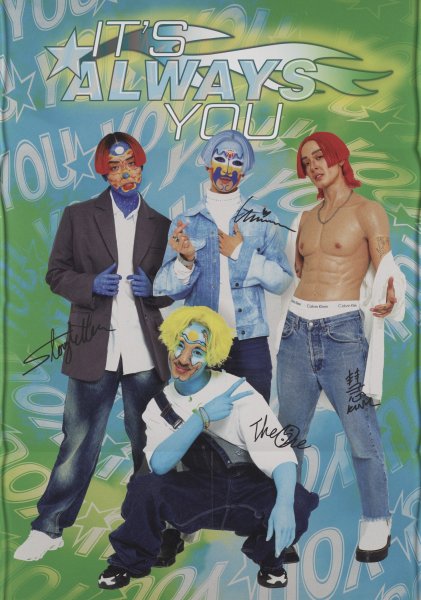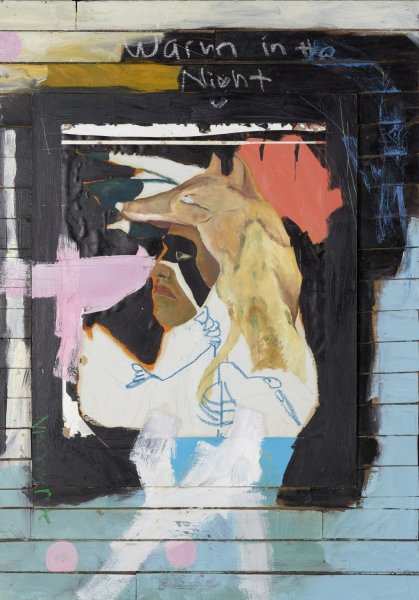Theaster Gates
American, born 1973
Civil Tapestry 5, 2012
Artwork Details
Currently on View
Collection Highlight
Materials
decommissioned fire hoses on oil cloth mounted on wood panel
Measurements
left panel: 58 x 104 x 4 inches (147.32 x 264.16 x 10.16 cm); right panel: 58 x 104 x 4 inches (147.32 x 264.16 x 10.16 cm); overall: 58 x 208 x 4 inches (147.32 x 528.32 x 10.16 cm)
Collection Buffalo AKG Art Museum
Credit
Bequest of Arthur B. Michael, by exchange, 2014
Accession ID
2014:3a-b
The history of civil rights in the United States is one of Theaster Gates’s predominant thematic concerns as an artist, activist, and visionary catalyst for social change. In 2013, he began to approach this subject in a series of works fashioned from decommissioned fire hoses. These in part allude to the images of such objects turned on protestors by police in Birmingham, Alabama, that shocked the nation in 1963 and are credited with helping to turn the tide in the struggle for civil rights. Despite their unusual materials, works such as Civil Tapestry 5 bear a formal resemblance to Minimalist monochrome paintings and also seem at home within the walls of the museum. Gates’s practice of incorporating discarded elements situates him in a long tradition of artists, from Kurt Schwitters to Robert Rauschenberg, who also reclaimed trash to create assemblages steeped in historical references.
The fire hoses Gates employs in this work have been well used. Traces of text—specifying where they were fabricated as well as their gauges and compliance with various fire codes—are sometimes still legible. In the context of the artist’s work, these practical details take on multiple connotations. Some of the hoses, for example, read “1962”—the year deadly riots erupted over the desegregation of the University of Mississippi—or “Compton, Calif.”—traditionally a predominantly African American city. In works of art that subtly allude to the human experience, Gates pictures a world in which the dark moments in the country’s history continue to resonate.




